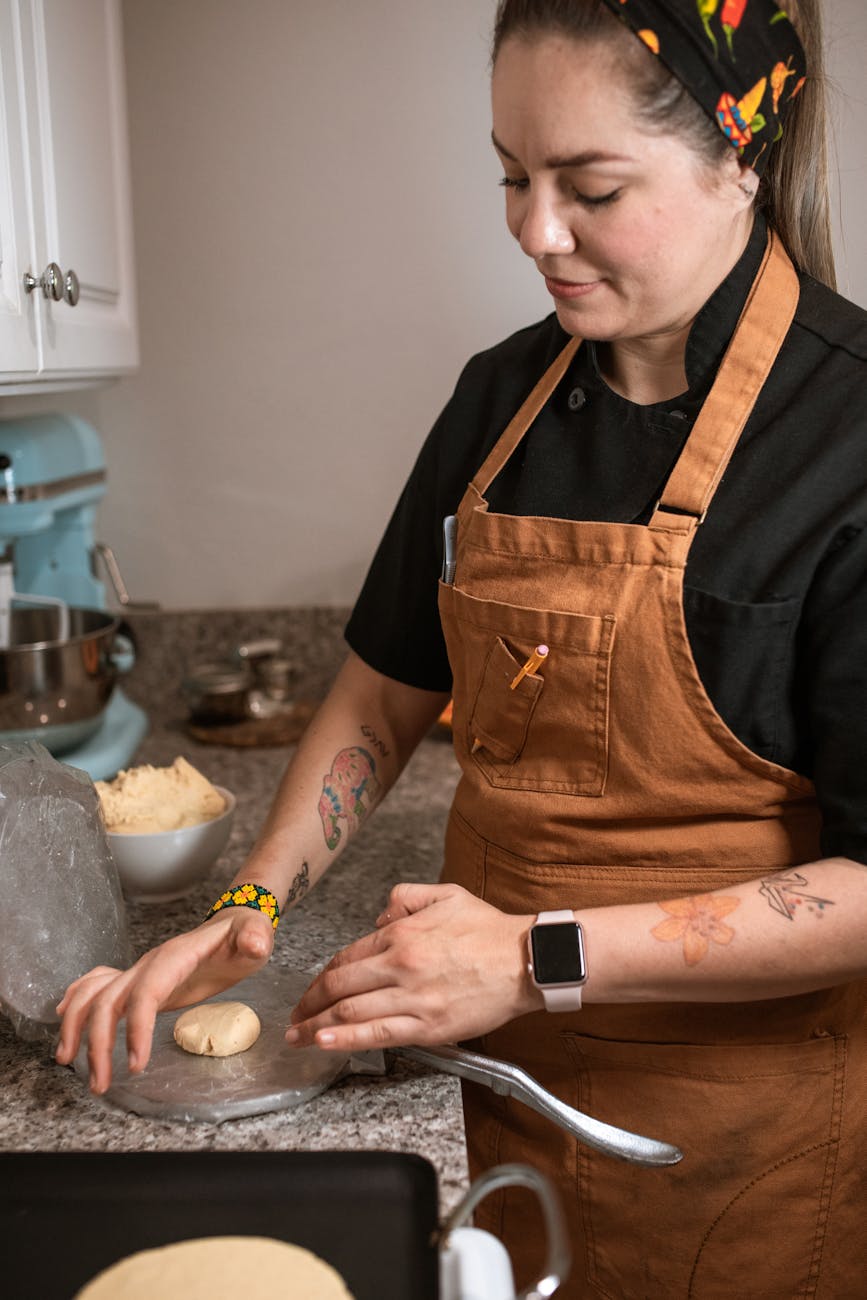Navigating Cooking Measurements
Grasping how to measure stuff in the kitchen is like your secret weapon if you’re into whipping up dishes. Measuring right is your ticket to tasty eats and happy faces. And if you’re switching up between cups and grams, well, that’s when things get interesting.
Importance of Accurate Measurements
Getting those measurements right can be the difference between a high-five worthy dish and a… “better luck next time” moment. Imagine baking a cake and it comes out soupy. Yikes! Measuring like a pro fixes that. Plus, it keeps what you’re dishing up nutritionally balanced and keeps you from stirring up trouble in the kitchen. Check out our piece on why measurements matter for the 411.
Converting Between Volume and Weight
Flipping from using cups to grams or ounces is like switching from sneakers to boots—needed for certain gigs in the kitchen. Some stuff you measure by volume like in cups, especially liquids or flour, while others need weight—hello, meat and chocolate! Getting the hang of these swaps ensures the recipe doesn’t play tricks on you. For a dive into how to swap between grams and cups for different goodies, don’t miss our article on grams in a cup.
So, knuckle down on getting those measurements right and make the recipe yours. Keep your apron on for more tips, tricks, and kitchen magic to up your food game.
Decoding Grams in a Cup
A hot topic among folks who love to cook up a storm at home is, “How many grams are in a cup?” Different foods don’t play by the same rules, densities, weights — they all like to shake things up, which is why getting these conversions down is a kitchen superpower.
Understanding Different Ingredients
Different foods act in wacky and wonderful ways when it comes to their weight in a cup. Take flour and sugar, for example: one cup of flour is not going to weigh the same as a cup of sugar because of their size and fluff levels. This means you’ll need to get familiar with some specific conversions if you want to nail those recipes every time.
Typical Conversions for Common Ingredients
Let’s spill the beans on some common conversions for stuff you probably use a bunch:
| Ingredient | Grams in 1 Cup |
|---|---|
| All-Purpose Flour | 125g |
| Granulated Sugar | 200g |
| Brown Sugar | 220g |
| Butter | 227g |
| Rice (Uncooked) | 200g |
| Rolled Oats | 90g |
| Almonds (Whole) | 140g |
Getting the hang of these conversions means you’ll be hitting accuracy notes like a pro in your cooking symphonies. Want more in-depth musings on why getting your quantities right matters so much? Check out our insights on the importance of correct quantities when cooking.
Once you wrap your head around the dance between volume and weight, you’ll find cooking less of a guessing game and more of a victory lap. So whether you’re channeling your inner baker, crafting a tasty main course, or diving headfirst into new flavor experiments, knowing your grams-to-cup game can really shake things up in your kitchen adventures.





